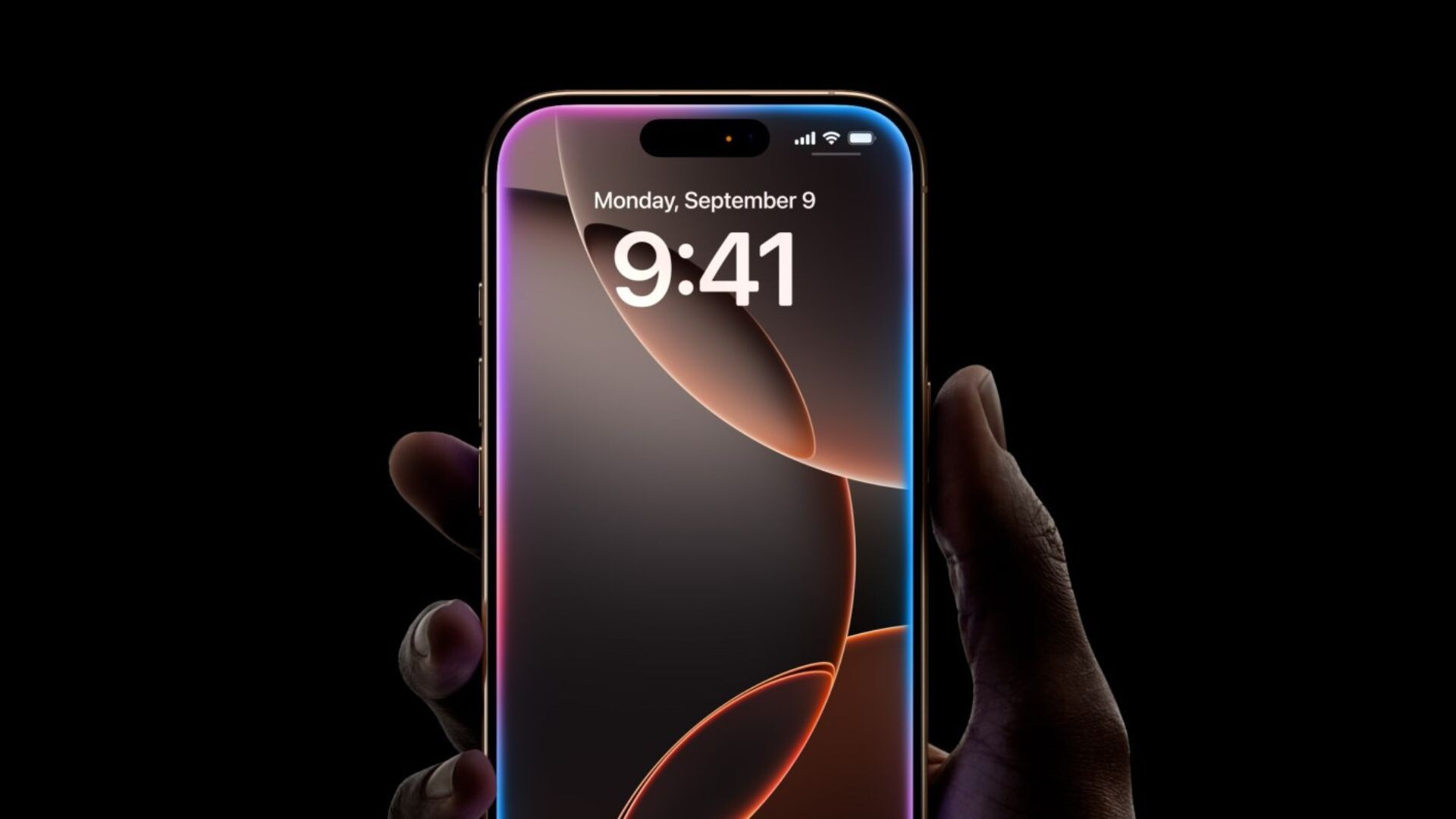
Samsung Display and LG Display face substantial technological barriers in developing the necessary components for Apple’s envisioned bezel-less iPhone. This ambitious project requires advances in thin film encapsulation to shield OLED displays from moisture and the development of effective optical clear adhesive that would allow for a seamless screen bond.
Antenna Design and Structural Integrity
Apple’s design goal is to create a smartphone without the “magnifying glass effect” associated with current curved-screen models. Achieving this requires intricate engineering to integrate antennas without causing interference, a challenge that complicates the structural design of the device.
Market Impact and Future Projections
This delay impacts Apple’s strategy to stand out in a competitive market. While the iPhone 17 series will sport reduced bezels, the vision of a completely borderless screen might be postponed until 2027 or beyond as Samsung and LG strive to meet Apple’s high standards for quality and durability.
Display Technology Roadblocks
Samsung Display and LG Display are grappling with several technological hurdles that are crucial for realizing Apple’s vision of a fully bezel-less iPhone. Among the challenges is the development of a robust thin-film encapsulation process. This process is essential for protecting OLED displays from environmental factors like moisture, which can degrade the screen quality and lifespan. Another significant obstacle is the formulation of an optical clear adhesive that needs to be both strong and visually imperceptible to ensure that the display not only bonds seamlessly but also retains the aesthetic appeal Apple products are known for.
Design and Engineering Challenges
The design Apple envisions goes beyond aesthetic appeal to technical feasibility, particularly regarding antenna placement and the avoidance of the “magnifying glass effect.” This effect, common in curved-edge phones, distorts visuals and can impair usability. Apple’s engineers are tasked with integrating antennas in a way that does not compromise on connectivity or cause interference, all while maintaining the structural integrity of the phone. This requires a reimagining of traditional phone designs and possibly the invention of new materials or manufacturing techniques to achieve the desired outcome.
Impact on Market Strategy
The delay in launching a completely bezel-free iPhone impacts Apple’s position in the global smartphone market. As competitors continue to introduce innovations, Apple’s ability to maintain its market share hinges on distinguishing its products through unique features like an all-screen design. The anticipated iPhone 17 series, while featuring reduced bezels, is only a step towards the ultimate goal of screen border elimination, suggesting that Apple may continue to face challenges in fully implementing its innovative designs.


















